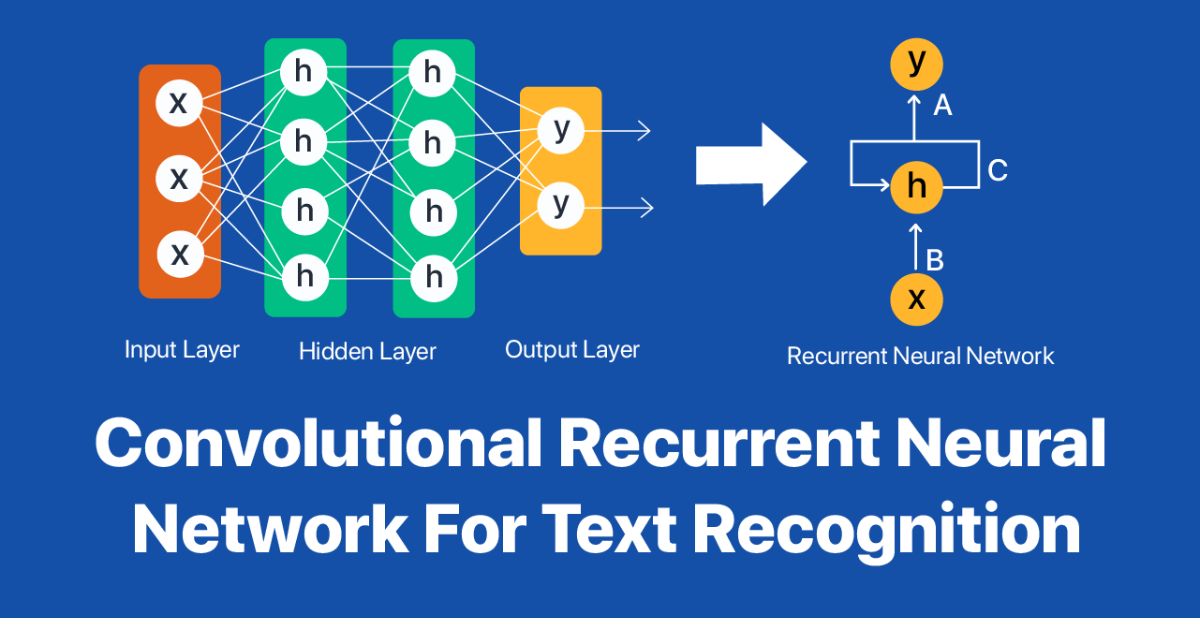AI vs Traditional Algorithms: Who Wins in Image Optimization?
October 24, 2025 · 5 min read • #AI#image optimization#compression#machine learning#performance#WebP#AVIF
In the race to optimize digital imagery, AI and traditional algorithms are two sides of a technological revolution.
While classic methods laid the foundation, AI-driven optimization is now setting new performance and quality standards across the web.
🌐 The Evolution of Image Optimization
For decades, image optimization relied on fixed compression techniques like JPEG, PNG, and GIF, which use mathematical formulas to reduce redundancy.
While these formats served their time, the explosion of high-resolution visuals and performance-driven web design has exposed their limits.
Enter AI-powered image optimization, which uses neural networks and machine learning to analyze, predict, and preserve the most critical details — achieving smaller sizes and sharper results.
Related: The Science Behind AI-Based Image Compression and Quality Retention
🧠 Traditional Algorithms: How They Work
Traditional compression uses rule-based logic to simplify image data.
Each method — from JPEG’s block-based compression to PNG’s lossless encoding — follows strict formulas without understanding what the image represents.
Pros:
- Fast and lightweight
- Easy to implement across platforms
- Great for simple graphics, icons, or UI elements
Cons:
- Quality degradation at high compression levels
- No contextual awareness
- Poor efficiency for complex or photographic images
Example: A JPEG compressed at 70% quality often introduces block artifacts and color banding — visible imperfections that AI-based systems can now avoid.
⚙️ AI-Powered Image Optimization: Smarter, Faster, Better
AI-based optimization uses deep learning models to analyze visual content holistically.
Instead of blindly compressing, AI understands structure, texture, and context — deciding what’s important to preserve.
Core Advantages:
- Adaptive Compression: Different parts of an image are compressed at varying levels.
- Perceptual Awareness: Retains details the human eye values most.
- Semantic Understanding: Knows what’s a face, object, or background.
- Self-Learning: Models improve continuously with more training data.
Related: How AI Can Reduce Image File Sizes While Preserving Clarity
🔬 Side-by-Side Comparison
| Feature | Traditional Algorithms | AI-Based Optimization |
|---|---|---|
| Compression Method | Mathematical formulas | Neural networks & deep learning |
| Quality Retention | Degrades at high compression | Maintains near-original quality |
| Adaptability | Fixed settings | Dynamic, content-aware |
| Speed | Fast but less efficient | Optimized for modern CPUs/GPUs |
| SEO Benefits | Moderate | Significant (improved LCP & INP) |
| Formats | JPEG, PNG, GIF | WebP, AVIF, JPEG XL |
AI compression consistently achieves 30–70% smaller file sizes than traditional algorithms with minimal visual loss.
🧩 Real-World AI Applications
AI optimization isn’t limited to compression — it’s transforming the full image pipeline.
🔹 AI Image-to-Text Conversion
Converts visual content into editable text with precision.
🔹 AI Background Removal
Automatically separates subjects from backgrounds with pixel-perfect accuracy.
🔹 AI Super-Resolution
Upscales low-resolution images while maintaining clarity — ideal for photography, eCommerce, and media platforms.
💡 When Traditional Methods Still Work
Despite AI’s dominance, traditional algorithms remain valuable for:
- Small, flat-color graphics (logos, icons)
- Legacy systems without AI support
- Quick, offline processing where simplicity matters
In such cases, formats like PNG and optimized JPEGs still perform efficiently.
Related: JPEG, PNG, or WebP? Which Format Works Best After Compression?
🚀 The Future: Hybrid Optimization
The next evolution of image optimization will combine the speed of traditional algorithms with the intelligence of AI.
Emerging standards like JPEG XL and neural codecs already merge both approaches, delivering unmatched efficiency.
Soon, image compression will be handled entirely in real time, adjusting quality dynamically based on:
- User device and bandwidth
- Screen size and resolution
- Image content and context
Related: Top 5 AI Innovations Powering Modern Image Processing Tools
🔒 Privacy and Efficiency with AI Tools
Our AI Image Compressor Tool optimizes files directly in your browser, ensuring:
- 100% local processing (no uploads)
- Full data privacy
- Instant speed
Perfect for developers, designers, and marketers seeking faster, SEO-friendly media delivery.
🧰 Try It Yourself
Discover the future of image optimization:
- AI Image Compressor Tool — Reduce file size while keeping clarity
- AI Image-to-Text Tool — Convert visuals into editable text
- AI Background Remover — Instantly clean up your visuals
All tools run locally, combining the best of AI intelligence and web performance.
💬 Final Thoughts
In the battle of AI vs traditional algorithms, the results are clear — AI wins on adaptability, performance, and quality.
However, traditional methods still serve as the backbone of many workflows, proving that the future isn’t replacement, but integration.
The real victory lies in combining AI precision with algorithmic efficiency to create faster, sharper, and smarter web experiences.
Enjoyed this post? React below 👇
Related Posts
 Tools Effectively.jpg)
How to Use OCR (Optical Character Recognition) Tools Effectively
Learn how OCR (Optical Character Recognition) works, what it can do for you, and how to use it effectively with our free browser-based OCR Tool to extract text from images instantly.

AI Compression Algorithms Explained: Smaller Files, Smarter Tech
Explore how AI compression algorithms are transforming data storage, image optimization, and network performance in 2025 — delivering smaller files, faster speeds, and smarter efficiency for the digital world.

Behind the Scenes: How Compression Algorithms Work in 2025
Explore how modern compression algorithms work in 2025 — from neural encoding and predictive analysis to adaptive quality control. Learn how AI and traditional models combine for faster, smarter image optimization.
Frequently Asked Questions
What’s the main difference between AI and traditional image optimization?
Traditional algorithms rely on fixed mathematical formulas, while AI models adapt dynamically using neural networks that learn to preserve quality while minimizing file size.
Are AI optimization methods always better?
In most cases, yes. AI methods achieve better balance between clarity and size, though traditional methods remain useful for legacy systems or simple graphics.
How does AI handle image compression differently?
AI recognizes and prioritizes essential visual features, removing redundant data intelligently, whereas traditional compression treats all pixels equally.
Which formats support AI-optimized compression?
Modern formats like WebP, AVIF, and JPEG XL are built for AI integration, supporting smarter encoding and enhanced quality retention.
Can AI optimization improve SEO and page performance?
Absolutely. AI compression reduces load times and improves Core Web Vitals, boosting rankings and user engagement.